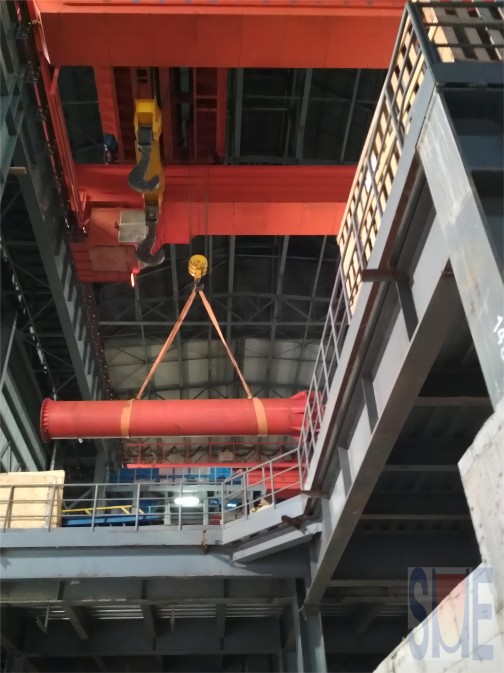Phosphorus and sulfur content have both favorable and adverse effects on the properties of steel. Phosphorus is a highly efficient solution-strengthening element that has little effect on the formability of cold-rolled steel plates. In continuous casting and heat treatment, phosphorus and sulfur are easily segregated and lead to embrittlement, which the toughness and ductility of steel deteriorate. Therefore, dephosphorization and desulfurization are necessary operations to ensure good toughness and ductility of steel. Lower temperature, high (FeO) and high (CaO) are conducive to the dephosphorization reaction. During operation, the alkalinity of the slag should be appropriately high and the fluidity should be good. Low temperature is conducive to exothermic reaction, will affect the dephosphorization reaction speed, in order to obtain the best dephosphorization effect, the molten pool temperature should be appropriate.
Rephosphoration refers to the phenomenon that the phosphorus content of molten steel in the final stage of smelting is higher comparing with the middle stage. If the furnace temperature is too high, the dephosphorization reaction will be reversed to cause the phosphorus return; When the steel is discharged, adding deoxidation such as ferroalloys to the furnace or ladle will greatly reduce the ∑ (FeO) in the slag, and the deoxidation products such as SiO2 will also greatly reduce the alkalinity of the slag, so that the dephosphorization reaction is reversed.
